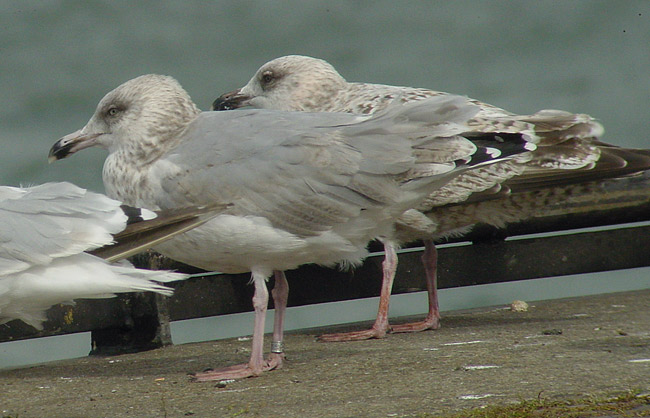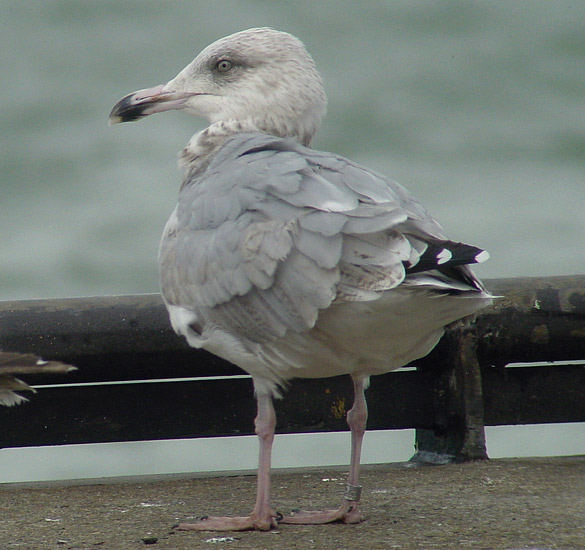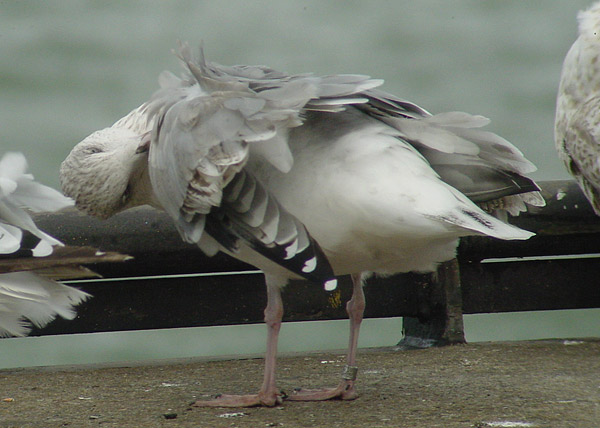 Herring Gull- Zilvermeeuw (argentatus & argenteus)
Herring Gull- Zilvermeeuw (argentatus & argenteus)
(last update:
Herring Gull plumages:
hg 1cy July
hg 1cy August
hg 1cy September
hg 1cy October
hg 1cy November
hg 1cy December
hg 2cy January
hg 2cy February
hg 2cy March
hg 2cy April
hg 2cy May
hg 2cy June
hg 2cy July
hg 2cy August
hg 2cy September
hg 2cy October
hg 2cy November
hg 2cy December
hg 3cy January
hg 3cy February
hg 3cy March
hg 3cy April
hg 3cy May
hg 3cy June
hg 3cy July
hg 3cy August
hg 3cy September
hg 3cy October
hg 3cy November
hg 3cy December
hg sub-ad January
hg sub-ad February
hg sub-ad March
hg sub-ad April
hg sub-ad May
hg sub-ad June
hg sub-ad July
hg sub-ad August
hg sub-ad September
hg sub-ad October
hg sub-ad November
hg sub-ad December
hg ad January
hg ad February
hg ad March
hg ad April
hg ad May
hg ad June
hg ad July
hg ad August
hg ad September
hg ad October
hg ad November
hg ad December
(3 images) Herring Gull 3cy 4272754 (argentatus), September 21 2004, Scheveningen, the Netherlands.

A bird with a Helgoland ring:
4272754; darker grey than local argenteus (compare with adult in
the foreground). Primary
moult score: P7
fully grown, P8 at the length of P6. P5 has a complete sub-terminal band
and there are dark markings on the outer-web of P4 (bottom image). Many
central greater and inner median coverts show an obvious barred pattern, while later
moulted feathers as the upper lesser coverts appear more uniform grey (although some show a brown hue). The head feathers have been replaced by extensively brown mottled
feathers.
From June to October, a complete moult
will bring 3cy argenteus in so-called "third winter" plumage.
By September, when the complete moult is (almost) finished,
the head will show extensive 'winter streaking', mottled brown contrasting
with the white breast as in an executioner's hood. The scapulars and
mantle are pale adult-like grey, although some individuals may show an
immature
pale brown hue on the lower scapulars.
By the end of the complete moult (October), all wing-coverts have been
replaced, most to plain grey feathers. Immature patterns can often be
found in the lower tertials, greater coverts and outer lesser coverts (the
carpal edge).
During the 3cy summer, the primaries are moulted to third generation. The
first inner primaries are dropped by late May and the outer primary P10
will be dropped by late August. The primary moult is completed by
late-October
in argenteus,
when the new outer primary P10 is fully grown. The table below shows some
September data from Scheveningen harbour. The third generation
primaries are clearly adult-like, with the inner primaries P1-P4 plain
grey with a white tip. The outer-wing shows a clear black triangle,
extending on the greater primary coverts. From P4 outwards, the primaries
show a black sub-terminal band. The white primary tips are obvious in the inner
primaries, but only poor developed on P9 and P10. P10 has a small white mirror
(lacking in some birds). The new tail-feathers will be white, with clear immature
black markings. The iris turns pale yellow in summer (from July onwards).

| September primary moult scores in 3cy Herring Gulls at Scheveningen. | ||||||
| new P | 28.08.'00 | 09.09.'00 | 14.09.'00 | 21.09.'00 | 30.09.'00 | 05.10.'00 |
| 6 | 11 | 1 | . | . | . | . |
| 7 | 15 | 17 | 13 | 15 | 9 | 2 |
| 8 | 5 | 9 | 17 | 28 | 37 | 10 |
| 9 | . | . | . | 2 | 8 | 3 |
| 10 | . | . | . | . | 1 | . |
| n: | 31 | 27 | 30 | 45 | 55 | 15 |
| average | 6,8 | 7,3 | 7,6 | 7,7 | 8,0 | 8,1 |
| 95% CID | 0,26 | 0,21 | 0,19 | 0,16 | 0,17 | 0,33 |
| Variance (s2) | 0,49 | 0,29 | 0,25 | 0,30 | 0,39 | 0,35 |
| SD (s) | 0,70 | 0,54 | 0,50 | 0,55 | 0,62 | 0,59 |
| SE (sx) | 0,13 | 0,10 | 0,09 | 0,08 | 0,08 | 0,15 |
|
Notes: |
||||||
